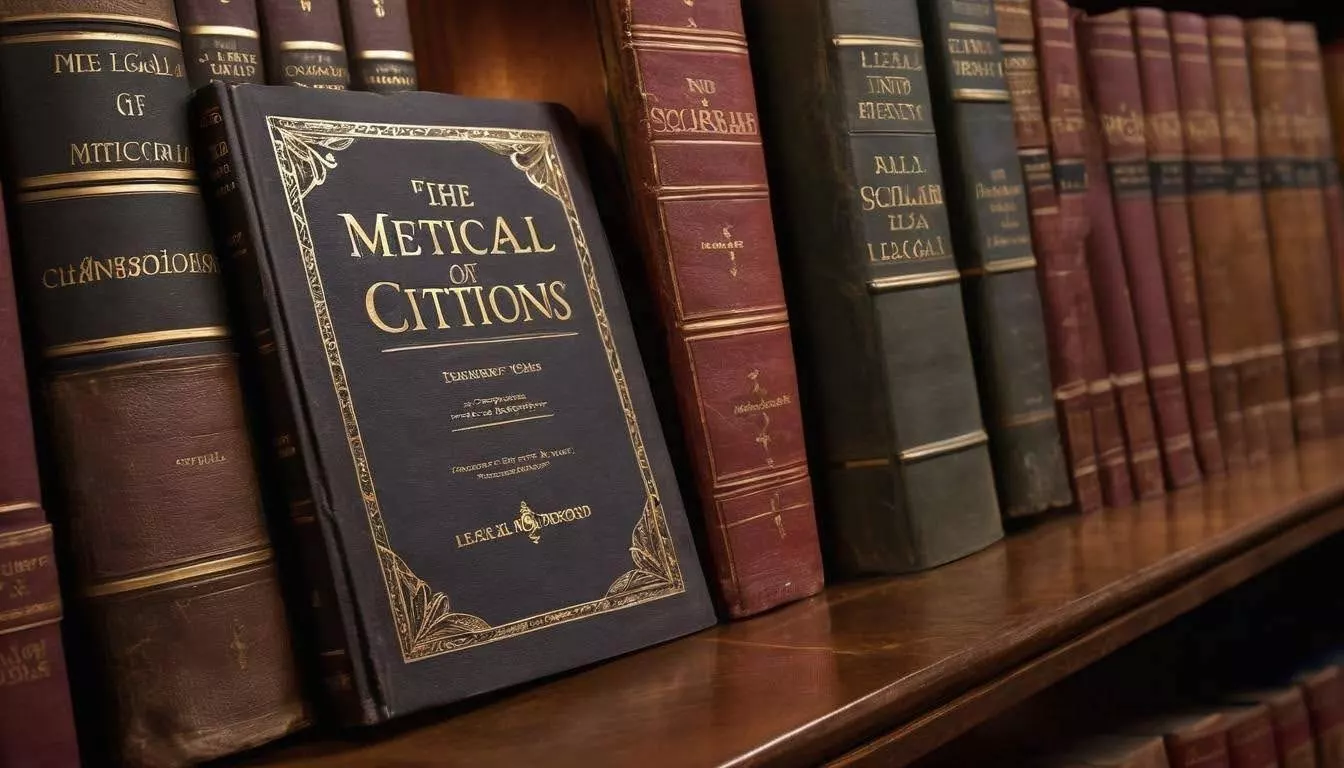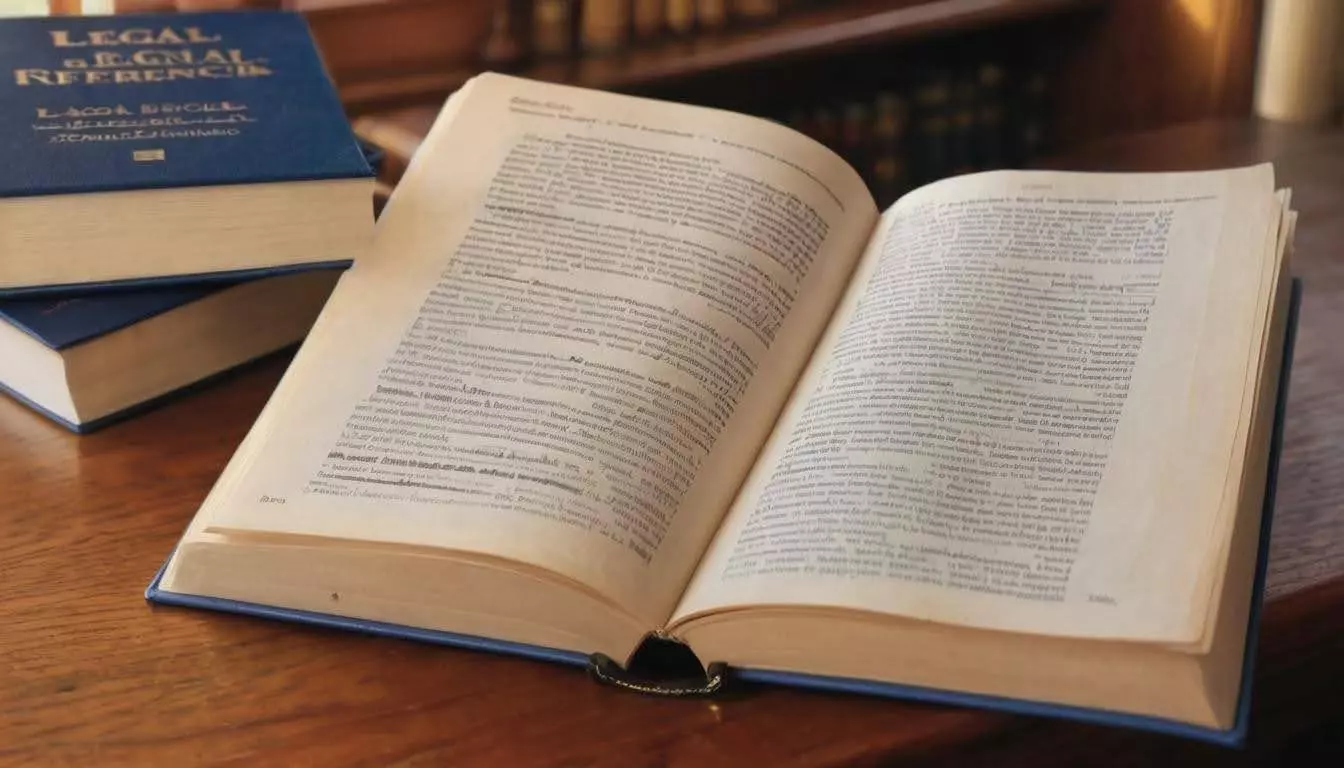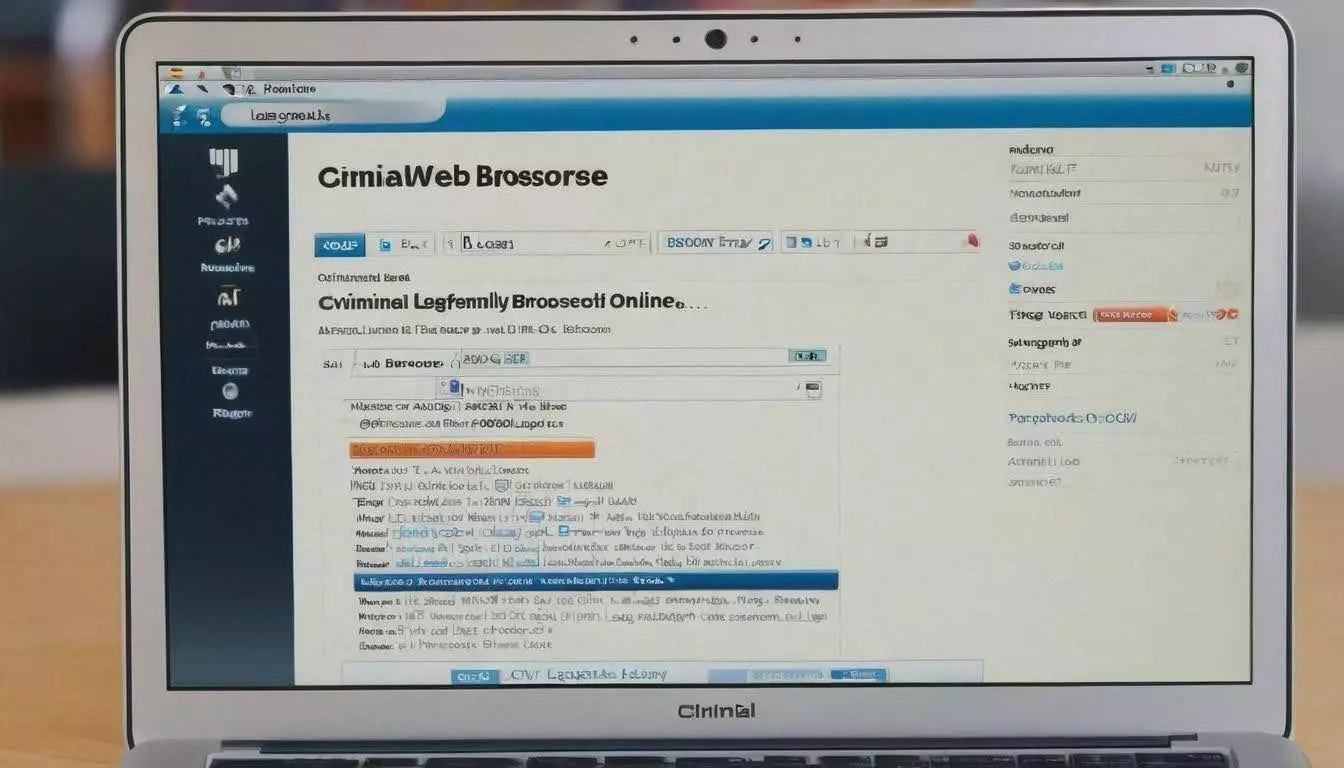

Imagine pouring over endless volumes of case law, meticulously crafting your legal arguments, only for a small oversight in citation to call everything into question. Navigating citation standards in legal writing is often like threading a needle—precise yet tedious. I know because I've had those late nights ensuring every reference was just right.
To tackle this issue head-on, significant time has been invested in consolidating comprehensive guidelines and best practices. Even experienced lawyers occasionally slip up; hence, understanding why robust citation standards are crucial serves as a backbone for maintaining clarity and uniformity across our intricate legal landscape. This consistency not only upholds trust but directly impacts the validity of every argument presented.
Citation standards in legal resources refer to established conventions that dictate how statutes, cases, and other legal documents should be referenced to ensure clarity and uniformity in legal writing. These standards typically include components such as title, publication source, volume number, page number, and year of publication, with guidelines often provided by recognized authorities like the American Bar Association through The Bluebook or specific jurisdictional manuals such as the California Style Manual.

Citation standards are indispensable in the legal system because they create a framework for communication that is clear and consistent. Imagine stepping into a courtroom or reading a legal brief without understanding how to track down references; it would be like sailing in uncharted waters without a map. Without established guidelines, the risk of misinterpretation or confusion about legal arguments increases significantly. By adhering to these standards, legal professionals ensure that every source used supports their case while providing a reliable method for others to follow their reasoning.
The credibilit imparted by proper citations cannot be overstated. When lawyers present their cases, every reference made must carry weight and authority. For example, citing statutes or precedent cases necessitates adherence to specific formats and practices recognized within the jurisdiction. This is not merely about following rules; it is fundamental to establishing legitimacy. Judges rely on precise citations to understand arguments fully and deliver fair rulings based on solid evidence rather than vague notions.
Moreover, citations serve as gateways for further research, allowing anyone from practicing attorneys to interested students ease of access to original texts—a vital aspect of maintaining an informed legal community.
As we consider this significance, it becomes apparent that mastering citation standards is essential for all participants in the legal process, whether they are drafting documents or engaging in scholarly work.
An additional layer of importance lies in uniformity across different jurisdictions and types of law. While state laws may vary dramatically, citation standards create a common language. For instance, when referring to decisions from federal courts versus state courts, having a consistent format allows lawyers to navigate complexities without losing sight of fundamental principles. The Bluebook serves as a national guide but also has adaptations—such as variation based on local rules—that reflect regional practices while retaining core elements.
Recent studies indicate that over 75% of law students recognize the challenges posed by varied citation styles across jurisdictions, which emphasizes training them rigorously on these standards from early on.
Developing a firm grasp of citation standards should be regarded as a best practice not just for compliance but as an investment in one's professional credibility and effectiveness within the field. In doing so, legal practitioners uphold the integrity of their work and foster trust in the judicial system as a whole.
As you begin to appreciate the crucial role that citations play in effective legal writing, let's shift our focus to understanding how to select appropriate sources for these citations.

In the world of law, the selection of sources for citations is not merely a task; it's an art that requires careful consideration. Different jurisdictions dictate their own rules regarding which sources are deemed appropriate, introducing a layer of complexity that can be challenging. For example, while California has its unique set of rules and preferences, other states may have their own guidelines that could diverge significantly.
This makes it vital for legal practitioners, students, and scholars to thoroughly familiarize themselves with the varying requirements in their specific jurisdictions before diving into the depths of citation.
The distinction between official and unofficial reports plays a central role in this process. Official reports are released by entities contracted by the government, ensuring adherence to specific standards set by judicial bodies. A prime example is the United States Reports, which compiles Supreme Court decisions. Conversely, unofficial reports, such as those provided by Westlaw or LexisNexis, often include additional editorial insights and analysis that can enrich your understanding of a case but may not carry the same authoritative weight.
In my experience, using official reports is essential when accuracy matters most — these are heavily vetted and trusted in courtrooms across the nation. However, do not overlook the potential benefits of incorporating unofficial reports, as they can shed light on trends or interpretations that may not be immediately obvious from official documents alone.
Moreover, accessibility cannot be understated. Official sources may sometimes be behind paywalls or more difficult to access than unofficial reports. This fact demands practitioners strike a balance between reliability and practicality.
Always verify the citations against established legal guidelines like The Bluebook or whatever citation manual your jurisdiction prescribes. These resources will guide you through common citation pitfalls and ensure uniformity across your legal writing.
As you navigate through these complexities in source selection, keep in mind that understanding various formats for legal documentation is equally important to ensure clarity and precision in your work.

Legal writing demands strict adherence to established citation formats, which ensures consistency and enhances the accuracy of legal documentation. Each type of legal source has a specific format that needs to be followed. This helps readers quickly identify and locate the referenced materials, promoting clarity in legal communication.
When it comes to case law, the format can be quite straightforward but must be precise. The standard structure begins with the case name, followed by the reporter, usually italicized, the volume number, the abbreviation of the court, and the year. For example:
Marbury v. Madison, 5 U.S. (1 Cranch) 137 (1803).
This citation provides all essential information at a glance.
Remember, when citing cases, always include all significant details such as the year decided, as it helps uniquely identify the case among many similar titles.
Turning to statutes, these follow a distinctive format too. A typical federal statute citation includes the title number, United States Code abbreviation (U.S.C.), section symbol (§), and the year in parentheses. For instance:
17 U.S.C. § 101 (2020).
This format clearly indicates what law is being referenced and when it was last updated.
Citations for legal texts or books require accuracy as well. You should list the author's full name, the title of the book in italics, page numbers if relevant, and the publication year in parentheses. For example:
John M. Smith, The Legal Framework: A Comprehensive Guide 123-124 (2021).
Such specificity aids anyone researching to know exactly where to look for more detailed information.
| Document Type | Example Format |
|---|---|
| Case Law | Marbury v. Madison, 5 U.S. (1 Cranch) 137 (1803). |
| Statutes | 17 U.S.C. § 101 (2020). |
| Books | John M. Smith, The Legal Framework: A Comprehensive Guide 123-124 (2021). |
These citation formats form the backbone of reliable legal writing. Recognizing their importance leads naturally into how to ensure precision and accuracy in your citations—key elements that uphold your work's credibility in any legal context.

Ensuring that every citation you include is both precise and accurate cannot be overstated. These elements are crucial for the integrity of the document and establishing trust with your audience. An incorrect citation can lead to misunderstandings or misrepresentation of your argument. Thus, it is essential to develop a systematic approach to handle citations meticulously.
One helpful strategy is to integrate citation management tools like Zotero or EndNote into your workflow. While these applications simplify formatting, they also provide an interface for organizing documents and sources efficiently, reducing the likelihood of errors due to oversight. However, relying solely on technology isn't sufficient; manual verification remains an integral part of the process.
A thorough verification process should start the moment a citation is generated. Begin by confirming that each cited page, section, or paragraph supports the point being argued in your work. For example, if you're citing a case that illustrates a key legal precedent, ensure that it actually does so by reviewing the specifics of the ruling.
Once you've established relevance, turn your attention to the technical details of the citation itself. This involves double-checking numeration, abbreviations, and punctuation according to the specific citation guide you are following—be it The BluebookThe Bluebook, known for its widely accepted standards, or the California Style Manual, which caters specifically to California's legal documents.
Accurate citations often require additional context provided through footnotes or endnotes. These notes serve not just as references but as avenues for expanded explanation and clarity on points discussed. Footnotes allow you to cite secondary sources or provide necessary commentary without interrupting the flow of your main text.
Engaging thoroughly with citations leads not only to credible writing but also fosters deeper understanding of legal materials.
As we explore further into these essential components of legal writing, we'll take a closer look at how effective use of annotations enhances clarity and strengthens arguments.

Footnotes are not merely an accessory to legal writing; they are a vital tool for clarity and accuracy. By enabling authors to present citations without interrupting the narrative flow, footnotes enrich discussions with references while maintaining readability. This method allows lawyers and students alike to substantiate claims and engage readers without drowning them in lengthy citations mid-sentence.
Now, let’s get into the nitty-gritty of how to effectively structure these footnotes.
When it comes to formatting footnotes, consistency is crucial. Start by inserting a reference number in superscript at the end of a sentence or clause that requires citation. This reference will correspond to the detailed citation found at the bottom of the page, making it easy for readers to verify sources. The footnote text should be rendered in a smaller font size compared to the main body text. This ensures clarity while keeping your primary arguments prominent.
Properly structured footnotes enhance both readability and credibility.
For instance, if you're discussing a court ruling, you might write: "The ruling set a new precedent in contract law.^1" Here, the superscript “^1” directs readers to additional sourcing detail at the bottom of the page where they can find complete citation information following established formats like The Bluebook or local citation guidelines.
It’s important to pay attention not just to what you cite but also how it reflects on your argumentation.
This supplementary space provided by footnotes offers a unique opportunity—not only for citations but also for further clarification of complex points made in the text. Sometimes, a case or statute merits additional explanation or context, helping your audience fully grasp its implications. This strategic use of footnotes can serve as a bridge between intricate legal principles and their practical applications.
For example, if you mention a lesser-known case that impacts your argument, you might include a brief description in the footnote itself, giving background information that enhances understanding without cluttering the main text: "See Smith v. Jones, 123 F.2d 456 (2017) (This case highlights the failure of due diligence that led to liability)."
Engaging thoughtfully with your citations via footnotes can significantly bolster your writing’s integrity.
Mastering the art of using footnotes goes beyond technical skills; it demonstrates professionalism and conscientiousness in presenting legal arguments. By refining this aspect of your writing practice, you uphold standards while ensuring clarity and depth that resonates with your audience. A well-cited document instills confidence in readers and creates stronger persuasive power within legal contexts.
As we transition from this exploration of citation techniques, it's essential to turn our focus toward emerging challenges and updates shaping the standards for legal writing going forward.

Adapting to these changes poses significant challenges. The growing variety of sources, including social media posts, podcasts, and interactive content, complicates the citation landscape further. Each new format often lacks a clear precedent in traditional citation guidelines, forcing legal professionals to navigate uncharted territory. Many are left wondering how to cite these diverse materials while still adhering to established norms.
Critics argue that this rapid evolution creates confusion, leading to mistakes that can undermine the credibility of legal documents. It’s vital for practitioners to stay informed about evolving citation practices in order to maintain accuracy and professionalism.
New formats demand fresh thinking when it comes to citations. For instance, citing digital sources like online journals or blogs requires a nuanced understanding of how best to convey essential information succinctly and clearly. This means referencing not just the author's name and article title but also providing contextual details—like publication dates and URLs—that lend credibility and authenticity.
For example, if you're referencing a blog post from a reputable site, structure your citation according to current guidelines:
Jane Doe, "Latest Legal Trends," Legal Insights Blog, (Jan. 15, 2022), https://www.legalinsightsblog.com. Here, the reader can easily verify the source by following the link provided.
A recent survey from 2023 revealed a fascinating insight: 78% of young legal professionals find existing citation standards somewhat intimidating due to their complexity and rapid adaptation to digital formats. This statistic highlights an underlying issue; as today's legal students transition into practice, they become overwhelmed by what feels like an ever-expanding web of citation rules that seem daunting at first glance.
To tackle these ongoing challenges effectively, it is essential for aspiring lawyers and seasoned practitioners alike to seek continuous education on citation updates. Understanding both historical structures and current innovations equips them with the necessary tools not just for compliance but also for elevating their writing quality above mere regulatory adherence.
In navigating the evolving landscape of citation standards, legal professionals can uphold the integrity of their work while ensuring accessibility in an increasingly digital world. Staying informed will ultimately enhance their credibility and effectiveness in legal writing.
Law Resource, a trusted name in legal advocacy, is revolutionizing the way accident victims and consumers access vital legal information.